Concrete Sidewalk Repair Timing Tips
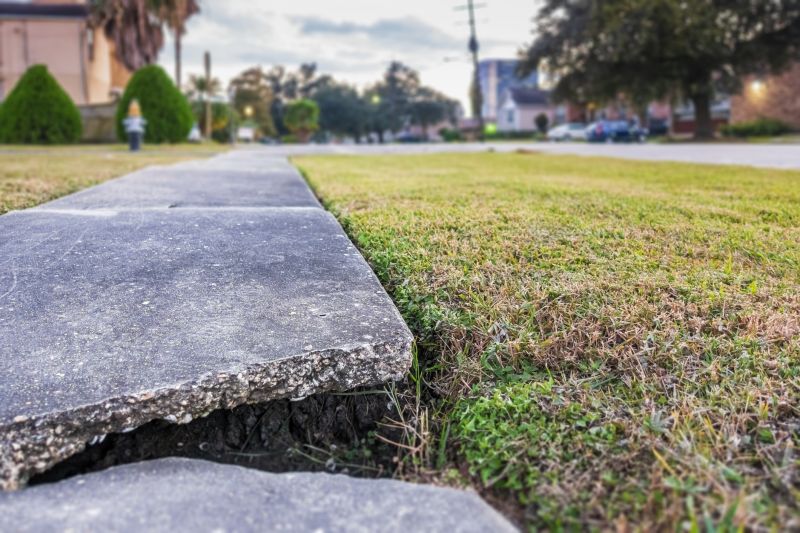
Spring offers moderate temperatures ideal for concrete repairs, reducing the risk of cracking due to extreme weather.
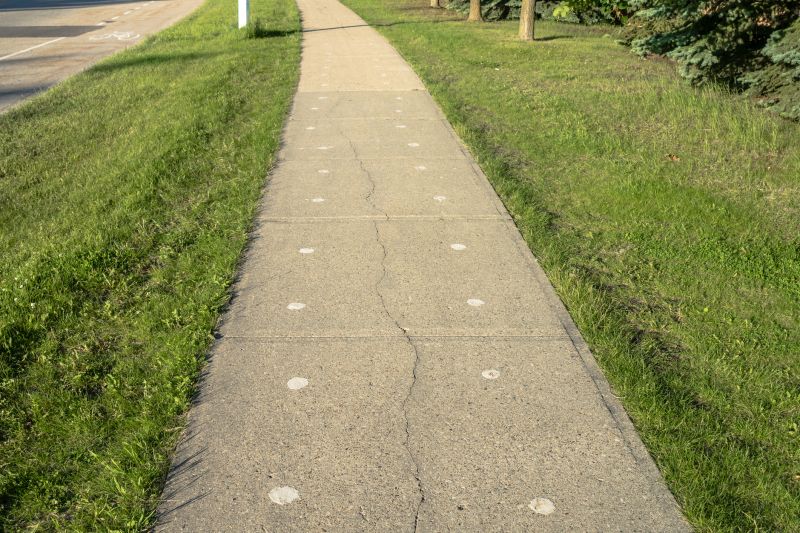
Warm weather speeds up curing times, making summer a suitable season for repairs, provided temperatures do not exceed recommended limits.

Fall provides cooler temperatures and less rain, creating optimal conditions for concrete work before winter.
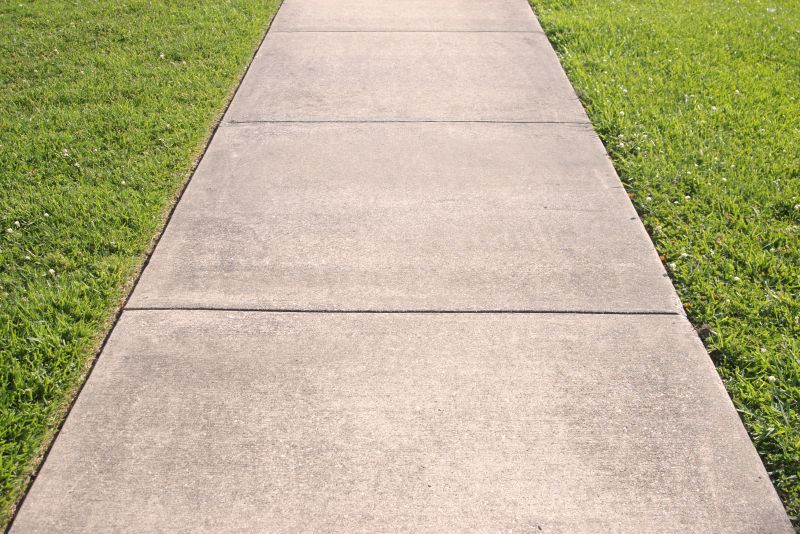
Ways to make Concrete Sidewalk Repairs work in tight or awkward layouts.
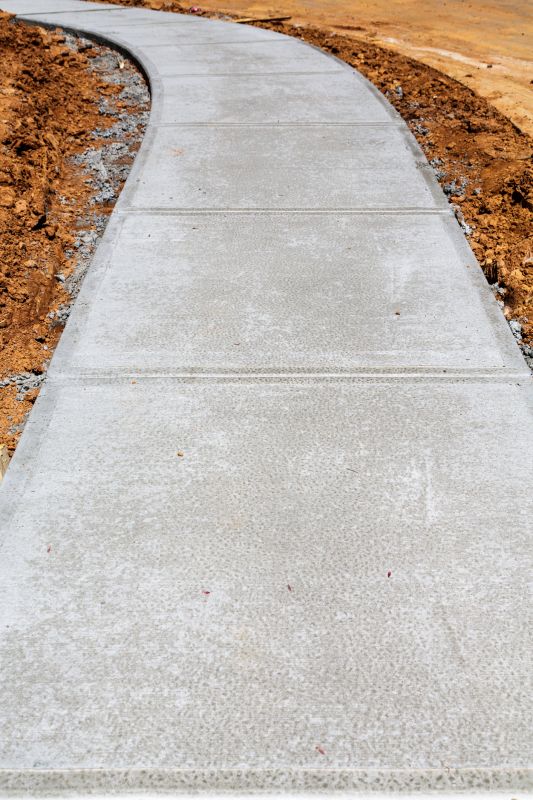
Popular materials for Concrete Sidewalk Repairs and why they hold up over time.

Simple add-ons that improve Concrete Sidewalk Repairs without blowing the budget.
Concrete sidewalk repairs are essential for maintaining safety and accessibility. Timely repairs prevent trip hazards and extend the lifespan of concrete surfaces. Properly timed repairs ensure that concrete cures effectively and resists future damage, reducing long-term costs.
Extreme cold or heat can affect the curing process and durability of concrete, making seasonal timing crucial.
Ideal conditions for concrete repairs include temperatures between 50°F and 85°F with minimal precipitation.
Planning repairs during mild seasons minimizes delays and ensures high-quality results.
Concrete mixes perform best when applied under suitable weather conditions, reducing the likelihood of cracks and deterioration.
Concrete sidewalk repairs involve addressing cracks, uneven surfaces, and structural damage. Proper repair techniques restore safety and improve curb appeal. The process includes surface preparation, crack filling, and finishing to ensure longevity and durability.
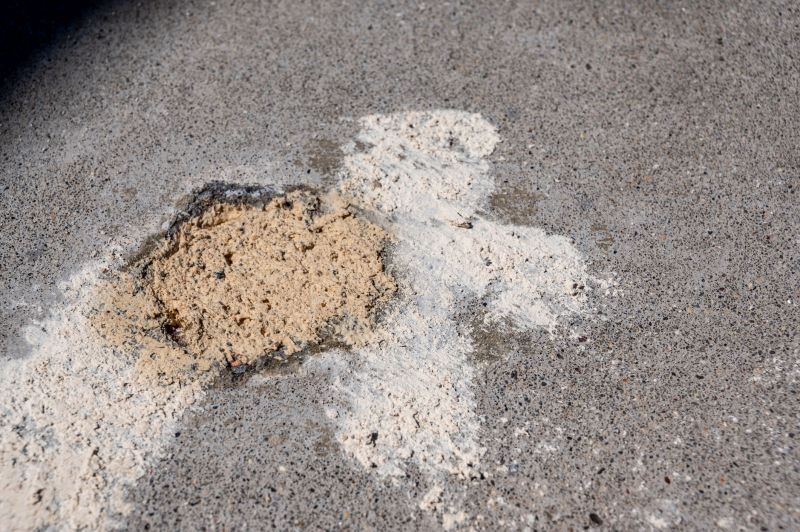
Preparation and crack filling are key steps in effective sidewalk repairs.

Using the right mix ensures strong, durable repairs that withstand weather and traffic.

Proper finishing techniques provide a smooth, safe surface for pedestrians.
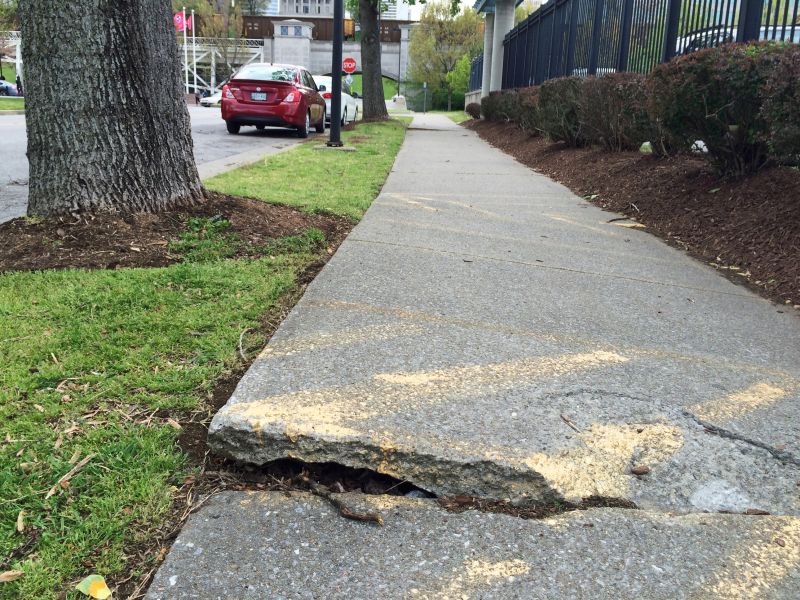
Timely repairs significantly improve sidewalk appearance and safety.

High-end options that actually feel worth it for Concrete Sidewalk Repairs.
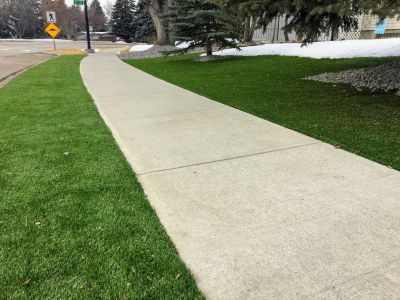
Finishes and colors that play nicely with Concrete Sidewalk Repairs.
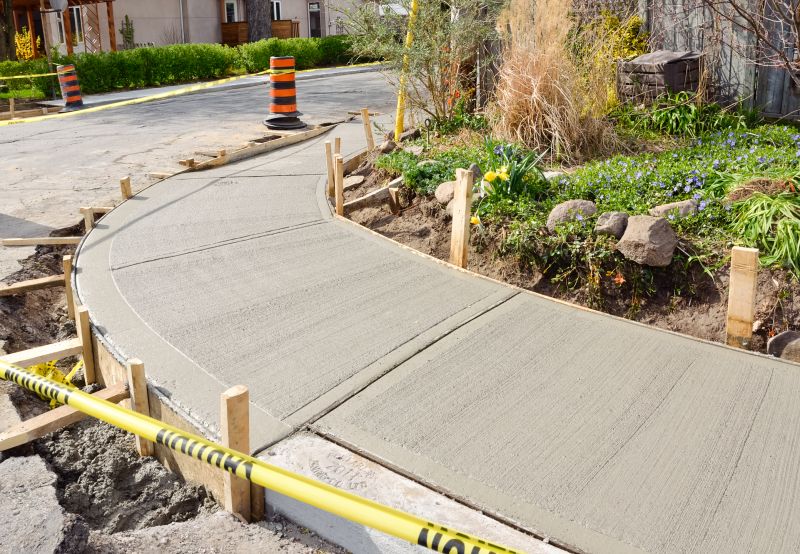
Little measurements that prevent headaches on Concrete Sidewalk Repairs day.
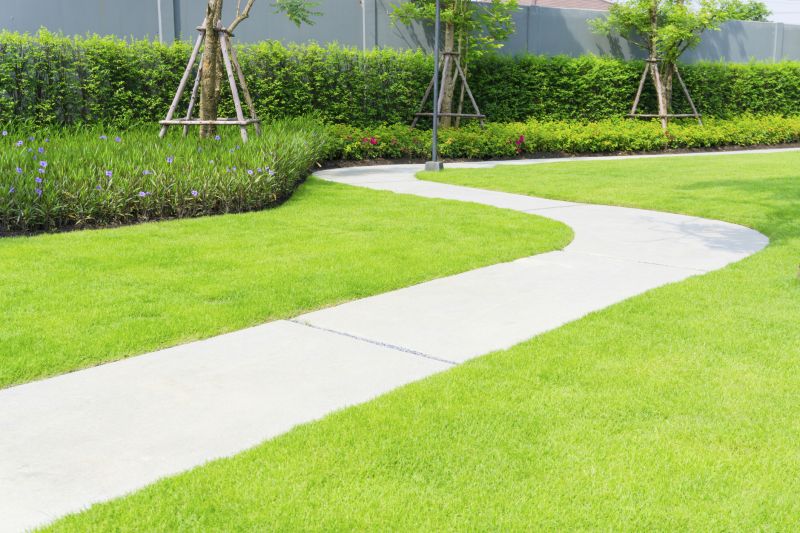
A 60-second routine that keeps Concrete Sidewalk Repairs looking new.
| Season | Ideal Temperature Range |
|---|---|
| Spring | 50°F to 70°F |
| Summer | 70°F to 85°F |
| Fall | 50°F to 70°F |
| Winter | Below 50°F (not recommended) |
| Late Fall | Ideal for preparation before winter |
Choosing the right time for sidewalk repairs ensures optimal curing, bonding, and long-term performance. Weather conditions directly influence the durability of concrete, making seasonal planning vital for successful projects.
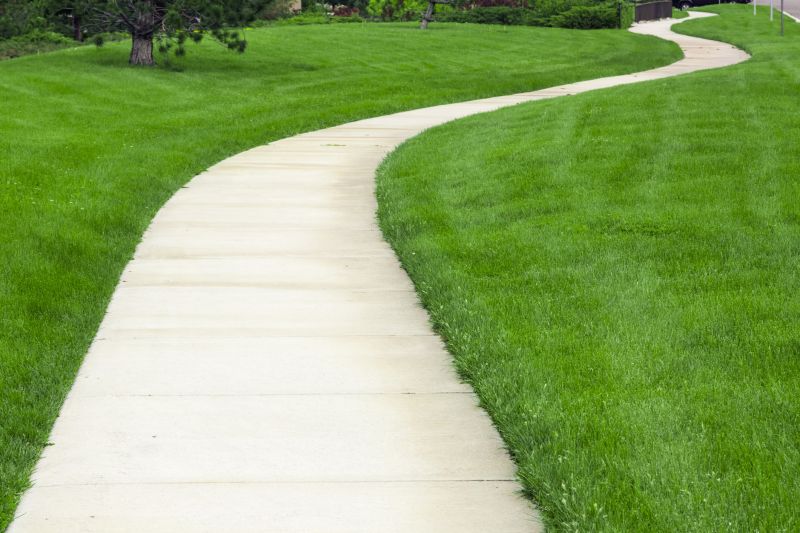
Repairing sidewalks during suitable seasons reduces repair time and enhances quality.
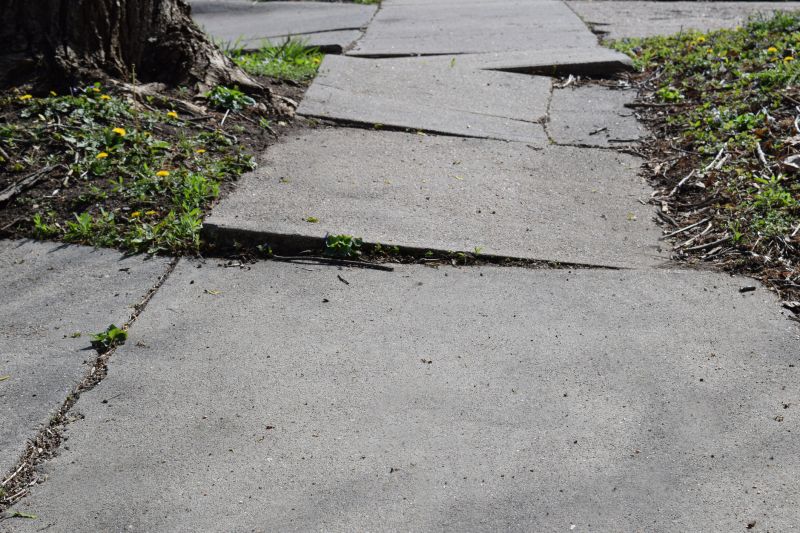
Avoiding extreme weather minimizes cracking and surface defects.
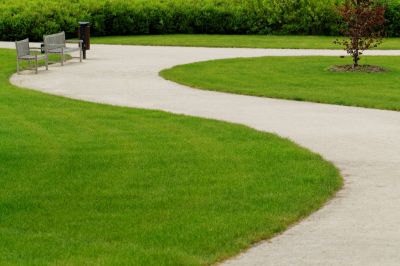
Plan repairs during stable weather periods for best results.

Proper timing contributes to longer-lasting sidewalks.
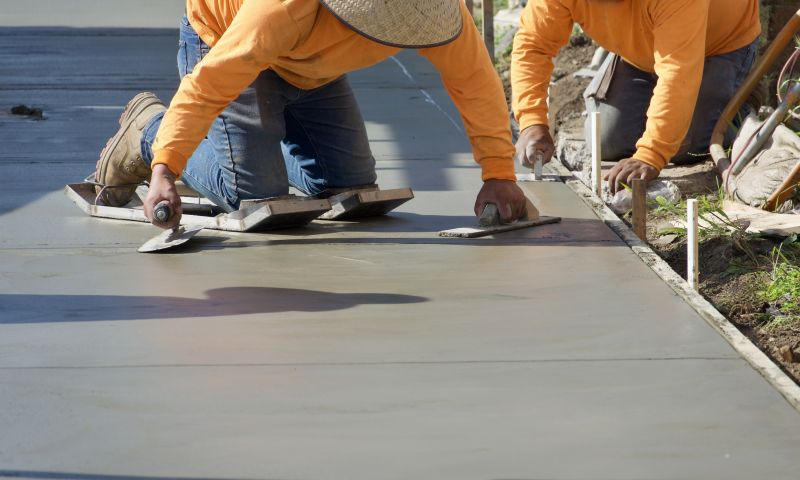
A frequent mistake in Concrete Sidewalk Repairs and how to dodge it.

Small tweaks to make Concrete Sidewalk Repairs safer and easier to use.

Lower-waste or water-saving choices for Concrete Sidewalk Repairs.
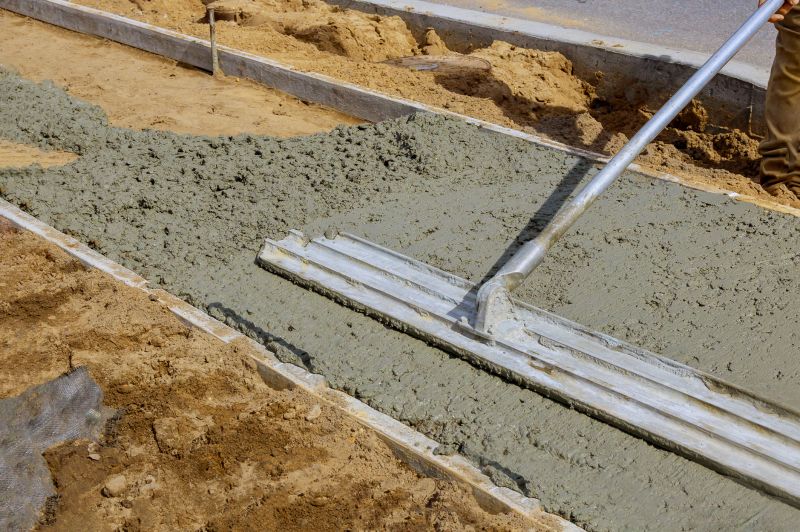
The short, realistic tool list for quality Concrete Sidewalk Repairs.
Interested in concrete sidewalk repairs? Filling out the contact form provides more information and assistance for scheduling repairs at the optimal time for durability and safety.
